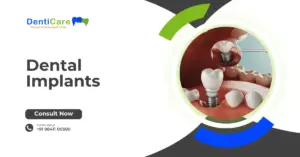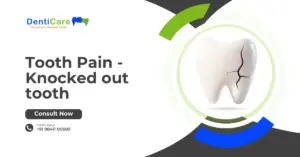Teeth are one of the important organ of the human body . Its a tool that help us to chew and digest food . Teeth are supported by jaw bone , and the jaw bone protected by gum tissue . Weak gums will pass the infection to the bone which lead to loss of teeth . But we can easily identify gum disease , early treatment can avoid tooth loss. healthy gums are usually pink or pink with brown Melanin pigmentation. Gum pain is usually experienced as very dull aching pain and does not give you sleepless nights.
Gum infection Early stage : (Gingivitis )
Early stage of gum infection can be termed as Gingivitis .Germs in our mouth will form a sticky layer called dental plaque. If the plaque is not cleaned properly everyday it can lead to inflammation the gums.Brushing twice a day will remove plaque effectively.
How to Identify Gingivitis
- Bleeding Gums while brushing or eating tough fruits
- Glossy & Reddish Gums
- Swollen gums
What causes Gingivitis / gum pain
- persistent food Impaction between teeth
- Untreated tooth cavity
- Tartar deposit
- Vitamin Deficiency
- Hormonal Changes
Note : Hormonal elevation during pregnancy and puberty times can cause gum swelling and bleeding . apart from this, there are some systemic disease like diabetes , Systemic lupus erythematosus can cause gum diseases which we will be discussed later in this series.
Treatment of Gingivitis
- Treatment will be based on the cause . Dental scaling or cleaning will remove the tartar , which will reduce the gum inflammation .
- Tooth fillings
- Balanced diet
Gum infection Advanced (Periodontitis)
Advanced stage gum infection can be termed as periodontists treatment for early and advances , images , tartar deposit , gingivitis , periodontitis , treatment chart for periodontitis and gingivitis ,
Gum infection or inflammation usually due to irritation from tartar deposited in the tooth . But symptoms of gum pain, swelling and gum bleeding can be due many other general medical issues as well
Common signs of gum infection ( advanced)
- loose teeth/ Mobile teeth
- pus discharge from gums
- exposed teeth roots
- Bad breath
- Sensitive teeth
- Gaps between teeth
What Causes Periodontitis
- Untreated gingivitis will cause gums to become loose ,so it can not protect the underlying bone from infection .
- When the infection reaches the bone , it will slowly resorb away
- Genetic predisposition : If your mother or father lost their teeth early in their life , extra care required to protect yourself from periodontitis , because periodontitis have some gene
Treatment
- Flap Surgery : Gum tissue is fully opened surgically and the infected tissue and deposits debrided.
- Sustained release antibiotic medicine can be packed inside gums which will counteract the bone level infection.
- LANAP : (Laser assisted new attachment procedure ). Laser procedure is less invasive compare to flap surgery.
Gum pain and bleeding are the early signs of gum disease . Treatment at early stage will help you to arrest the progression of the gum infection and you can keep the teeth till your older age.At Denticare Chennai we have saved many our patients teeth with LANAP procedure . To know more please call us.
Read Also: Tooth Pain – Trauma Chapter 4 ( Part A)





